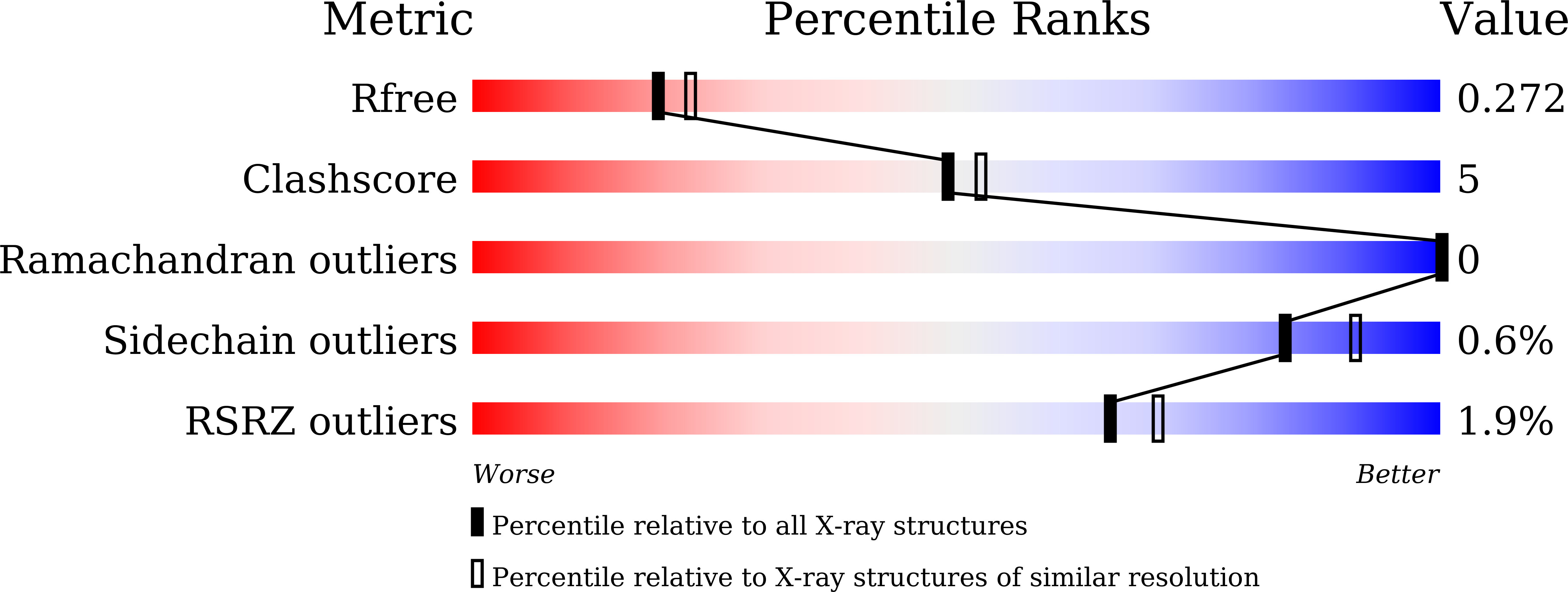
Deposition Date
2024-07-22
Release Date
2025-03-12
Last Version Date
2025-08-06
Entry Detail
Biological Source:
Source Organism:
Synechocystis sp. PCC 6803 substr. Kazusa (Taxon ID: 1111708)
Host Organism:
Method Details:
Experimental Method:
Resolution:
2.35 Å
R-Value Free:
0.27
R-Value Work:
0.23
R-Value Observed:
0.23
Space Group:
P 41


